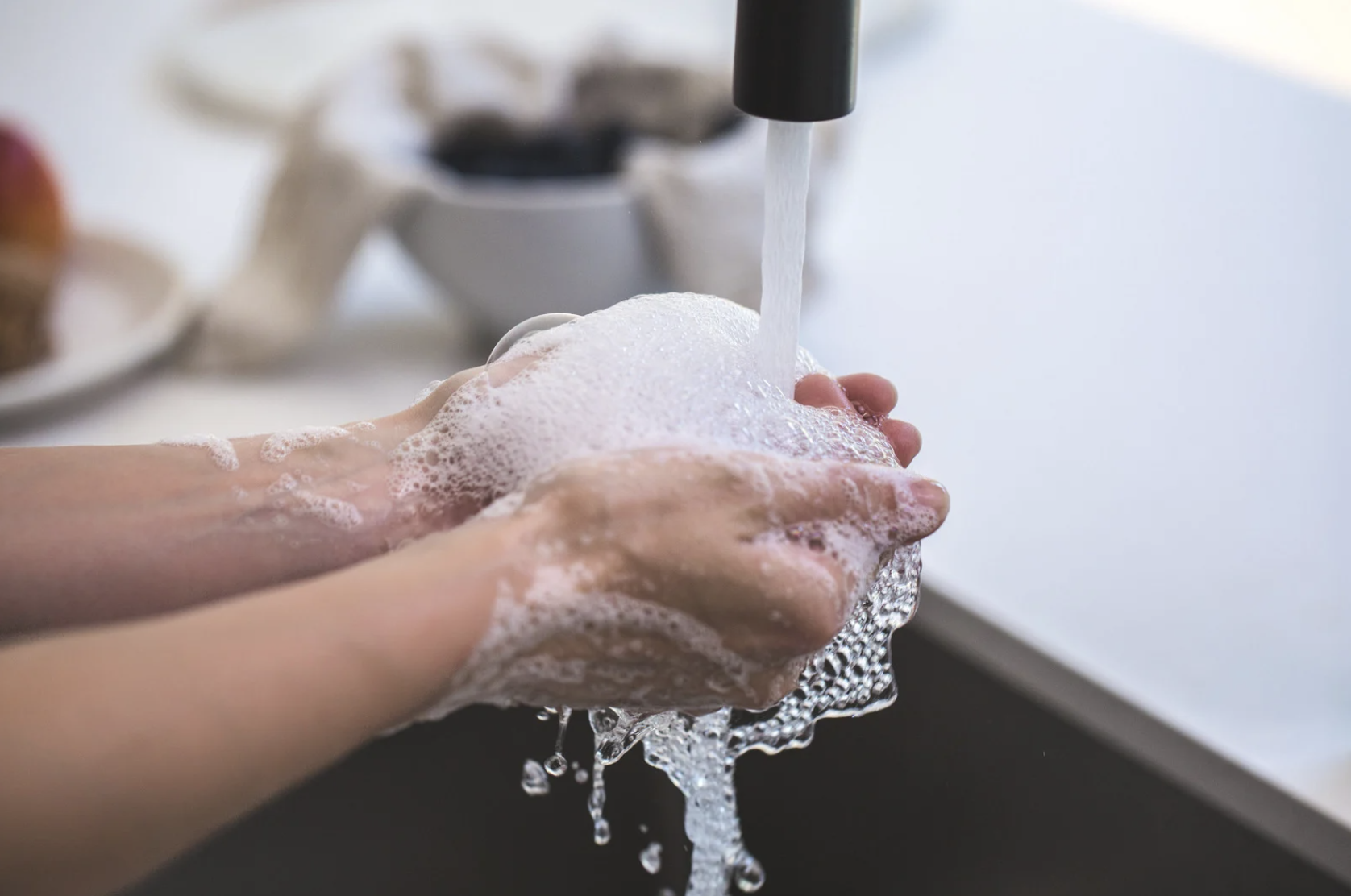THE IMPORTANCE OF SOAP AS A DISINFECTANT
Microbes can be eliminated in various ways using strong chemicals or machines that change the environment of the organisms to disrupt their natural state. A common and cheaper way of disinfecting a surface is by using detergents or soaps. During the COVID-19 pandemic, experts mentioned the importance of washing your hands for at least 20 seconds; a way to realize that the minimum period of time has passed is by singing “Happy birthday” twice. Detergents contain surfactants that lower surface tension and disrupt the cell membrane causing it to lyse.
The mechanism of action (MOA) of soaps is to lyse the cell by integrating surfactant molecules into the microbe’s cell membrane. The cell membrane contains a selectively permeable phospholipid bilayer that consists of polar heads and nonpolar tails. Surfactant molecules possess the same amphipathic mechanism of polar heads and nonpolar tails; these insert themselves into the cell membrane by making it think that it is a phospholipid. However, these surfactant molecules disrupt its mosaic model by lowering surface tension and preventing selective permeability. Any soap can do this no matter its price; as long as it has surfactant properties, it can act as a disinfectant. Often, soaps are said to contain germicidal properties that kill microbes but these types of soaps cause microbes to become more resistant which prevent its elimination.

